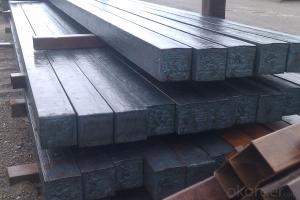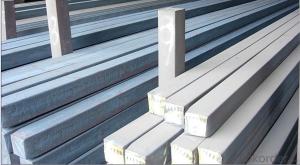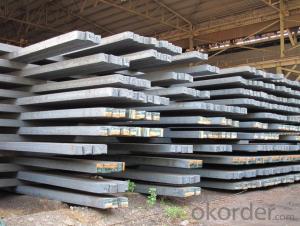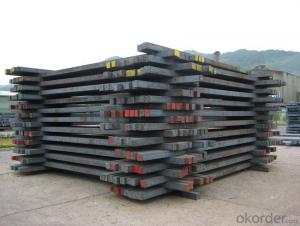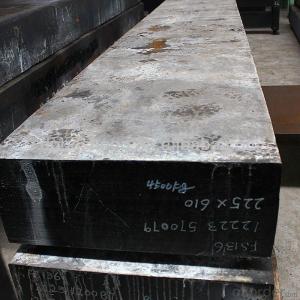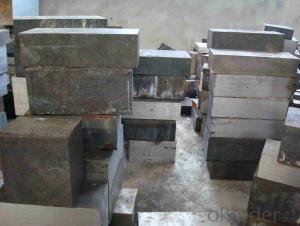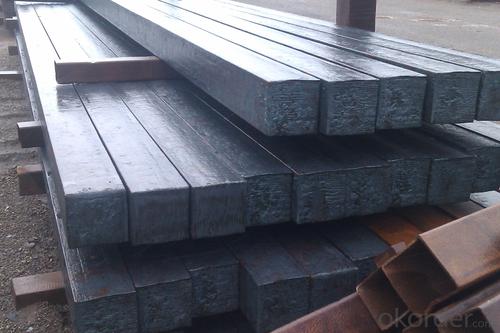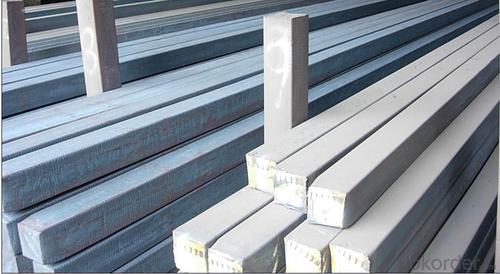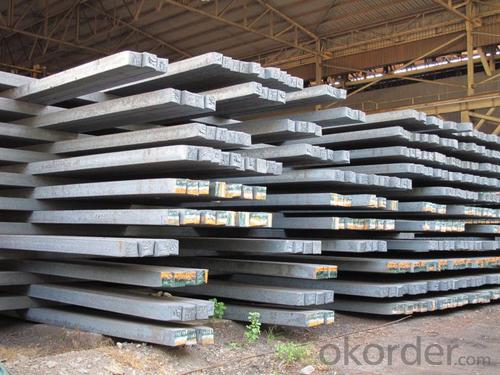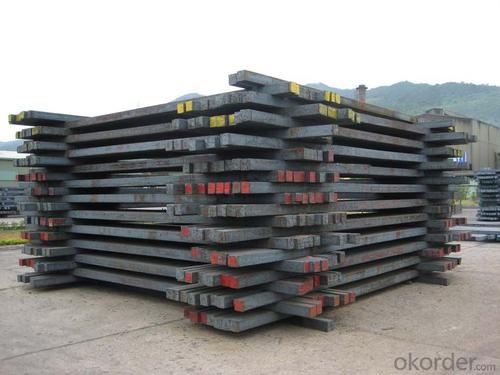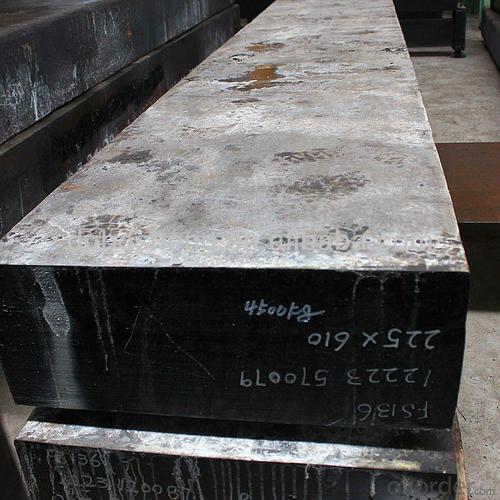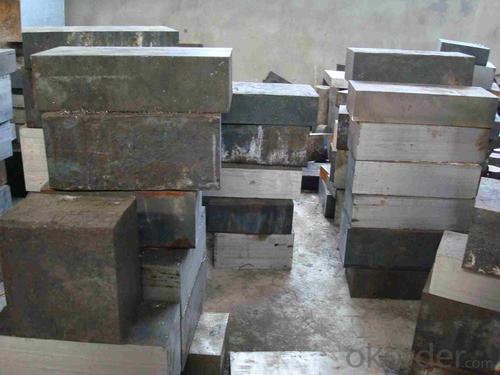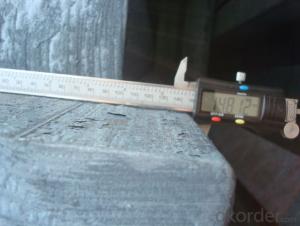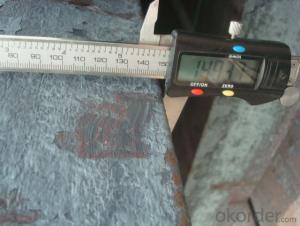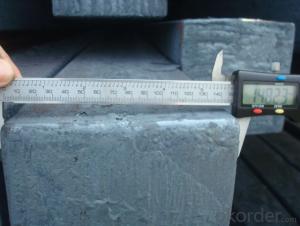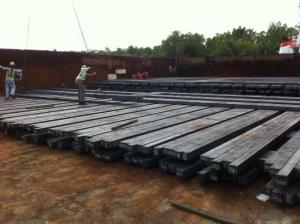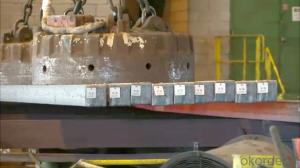Prime quality prepainted galvanized steel 720mm
- Loading Port:
- Tianjin
- Payment Terms:
- TT OR LC
- Min Order Qty:
- 100 m.t.
- Supply Capability:
- 10000 m.t./month
OKorder Service Pledge
OKorder Financial Service
You Might Also Like
Construction building material galvanized color prepainted cold
rolled steel coil
Prepainted steel sheet is coated with organic layer, which provides higher anti-corrosion property and
a longer lifespan than that of galvanized steel sheets.
The base metals for prepainted steel sheet consist of cold-rolled, HDG electro-galvanized and hot-dip
Alu-zinc coated. The finish coats of prepainted steel sheets can be classified into groups as follows:
polyester, silicon modified polyesters, polyvinylidene fluoride, high-durability polyester, etc
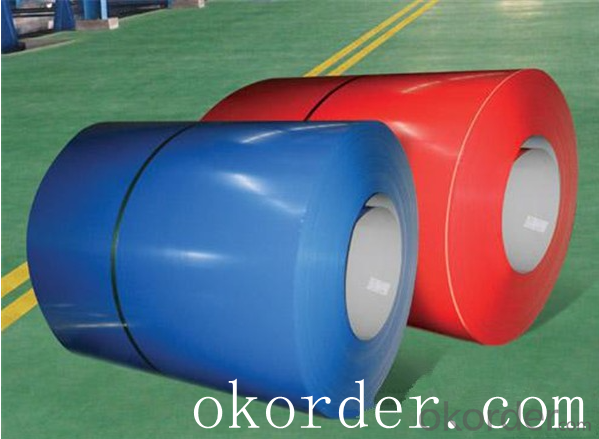
Standard and Grade :
Pre-paint galvanized steel coil | ||||
ASTM A755M-03 | EN10169:2006 | JISG 3312-2012 | ||
Commercial quality | CS | DX51D+Z | CGCC | |
Structure steel | SS GRADE 230 | S220GD+Z | CGC340 | |
SS GRADE 255 | S250GD+Z | CGC400 | ||
SS GRADE 275 | S280GD+Z | CGC440 | ||
SS GRADE 340 | S320GD+Z | CGC490 | ||
SS GRADE550 | S350GD+Z | CGC570 | ||
S550GD+Z | ||||
Application:
Outdoor | Roof, roof structure, surface sheet of balcony, frame of window, door of garage, rolled shutter door, booth, Persian blinds, cabana, etc |
Indoor | Door, isolater, frame of door, light steel structure of house, home electronic appliances, ect. |
Specifications
Commodity Name: Prepainted Galvanized Steel Coil
Standard: AISI, ASTM, DIN, GB, JIS
Grade: TDC52D+Z
Thickness 0.13-8.0mm
Width:600mm-1350mm
Zinc Coating:275g/m2
Polyester Coating Thickness:Top and Back coating thickness depend by Buyer Requirement.
Polyester Coating Type:2/2,1/2m,1/2.
Polyester Type: Polyester, silicone modified polyester, high durability polyester (HDP), polyvinylidene fluoride (PVDF)
Unit Roll Weight:5-20tons
Place of Origin Shanghai , China (Mainland)
Surface Treatment :Color Coated
Manufacture Progress:HRC-CRC-GALVANIZED-COLOR COATED
Application : Construction, electrical, transportation, steel plant, composite board plant, steel tile factory
Payment & Shipping Terms:T/T ,L/C, and FOB CHINA
Minimum Order Quantity: 25Tons
Packge Type: Moisture-proof paper inner,Steel outside,Bundle by steel rope.
Package in Container : Wood as a foot pad, wire rope reinforcement,PPGI steel coil tied together by steel rope.
- Q: What are the different types of coating processes used for protecting steel billets?
- There are several different types of coating processes used for protecting steel billets. These processes aim to prevent corrosion and improve the durability of the steel billets. Some of the commonly used coating processes include: 1. Hot-dip galvanizing: This process involves dipping the steel billets into a bath of molten zinc. The zinc forms a protective layer on the surface of the steel, preventing corrosion and providing long-lasting protection. 2. Electroplating: In this process, a thin layer of metal such as zinc, nickel, or chrome is deposited onto the surface of the steel billets using an electric current. The metal layer acts as a barrier against corrosion and enhances the appearance of the steel. 3. Powder coating: Powder coating involves applying a dry powder onto the surface of the steel billets, which is then heated to form a protective layer. This process provides excellent resistance to corrosion, chemicals, and UV rays. 4. Thermal spray coating: This process involves spraying a melted or heated material onto the surface of the steel billets. The coating material can be metal alloys, ceramics, or polymers. Thermal spray coatings offer high wear resistance, corrosion protection, and thermal insulation. 5. Paint coating: Applying paint onto the surface of steel billets is a common method of protection. The paint acts as a barrier against moisture and atmospheric elements, preventing corrosion and maintaining the appearance of the steel. Each of these coating processes has its own advantages and is suitable for different applications. The choice of coating process depends on factors such as the desired level of protection, environmental conditions, and cost considerations.
- Q: How are steel billets used in the manufacturing of packaging equipment?
- Packaging equipment relies heavily on steel billets as a vital element in its manufacturing process. These billets serve as the primary material for producing diverse parts and components crucial to the functioning of packaging machinery. To begin with, steel billets are typically employed in the fabrication of packaging equipment frames and structures. The robust nature and enduring quality of steel make it an ideal selection for constructing a sturdy framework that provides support to the entire machine. This guarantees that the packaging equipment can endure the demands of continuous operation and heavy loads. Furthermore, steel billets are also instrumental in the production of significant components such as gears, shafts, and rollers. These components play a pivotal role in ensuring the smooth operation and rotation required for efficient product packaging. Steel's exceptional mechanical properties, including high tensile strength and resistance to wear and tear, render it suitable for these critical parts. Additionally, steel billets are frequently utilized in the manufacturing of cutting and forming tools employed in packaging equipment. These tools are responsible for shaping and cutting various materials like cardboard or plastic to create packaging containers or wrap products. The hardness of steel and its ability to maintain sharp edges make it an ideal material for crafting these tools, thus ensuring precise and efficient packaging operations. In conclusion, the significance of steel billets in the manufacturing of packaging equipment cannot be overstated, as they are instrumental in creating the frames, components, and tools necessary for the efficient and reliable operation of packaging machinery. The strength, durability, and versatility of steel billets make them the preferred choice in the packaging industry.
- Q: How are steel billets used in the production of oil and gas components?
- Due to their strength, durability, and ability to withstand extreme conditions, steel billets are indispensable in the production of oil and gas components. These billets serve as essential raw materials in various manufacturing processes for creating the equipment and parts required in the oil and gas industry. One notable application of steel billets in the oil and gas sector is their use in manufacturing pipes and casings. These billets are heated and then rolled or forged into seamless or welded pipes, which are utilized for transporting oil and gas from wells to refineries or distribution centers. The high strength of steel billets ensures that these pipes can endure the high pressure and corrosive nature of the substances being transported. Steel billets are also integral to the production of valves, flanges, and fittings, which are critical components in oil and gas infrastructure. These billets are machined or forged into various shapes and sizes to create these components, used for controlling the flow of oil and gas within pipelines or at different stages of the production process. The durability and resistance to corrosion of steel billets make them ideal for these applications, as they can endure the harsh conditions often encountered in oil and gas operations. Moreover, steel billets find utility in the production of drilling equipment such as drill bits, drill collars, and drill pipes. These billets are frequently treated with heat or alloying elements to enhance their strength and wear resistance. The resulting components can withstand the intense forces and abrasion experienced during drilling operations, ensuring efficient and reliable extraction of oil and gas reserves. In conclusion, steel billets play a crucial role in the oil and gas industry by providing the essential raw materials for manufacturing durable and high-performance components. Their strength, durability, and resistance to corrosion make them an ideal choice for the challenging conditions encountered in the production, transportation, and processing of oil and gas.
- Q: Can steel billets be used for making decorative items?
- Yes, steel billets can be used for making decorative items. Steel billets can be shaped, molded, and crafted into various designs and forms to create decorative items such as sculptures, furniture, artwork, and architectural features. The strength and durability of steel make it suitable for these purposes while adding a modern and industrial aesthetic to the decorative pieces.
- Q: What are the potential applications of steel billets in the oil and gas aftermarket?
- Steel billets have a wide range of potential applications in the oil and gas aftermarket. Firstly, steel billets can be used for the manufacturing of various components in the oil and gas industry, such as valves, flanges, and fittings. These components are essential for the operation and maintenance of pipelines, refineries, and drilling facilities. Additionally, steel billets can be used for the production of seamless pipes, which are crucial for transporting oil and gas over long distances. Seamless pipes made from steel billets offer high strength, durability, and resistance to corrosion, making them suitable for the harsh conditions often encountered in the oil and gas industry. Furthermore, steel billets can be utilized in the manufacturing of downhole tools and equipment. These tools are used during drilling operations to extract oil and gas from the ground. Steel billets provide the necessary strength and toughness required to withstand the extreme pressures and temperatures encountered in downhole environments. Moreover, steel billets can be used for the fabrication of storage tanks and vessels used in the oil and gas industry. These tanks are used for storing crude oil, refined products, and natural gas. Steel billets offer excellent weldability and structural integrity, ensuring the reliability and safety of storage facilities. Furthermore, steel billets can be used for the construction of offshore platforms and structures. These platforms are used for drilling, production, and processing activities in offshore oil and gas fields. Steel billets are favored in this application due to their high strength, corrosion resistance, and ability to withstand the harsh marine environment. In summary, the potential applications of steel billets in the oil and gas aftermarket are extensive. From the manufacturing of components, seamless pipes, and downhole tools to the fabrication of storage tanks and offshore platforms, steel billets play a vital role in supporting the operations of the oil and gas industry.
- Q: What is the role of steel billets in the construction of bridges?
- Steel billets play a critical role in the construction of bridges. These long, rectangular bars of steel are often used as raw material to produce various structural components of a bridge. One of the primary uses of steel billets in bridge construction is for the fabrication of beams and girders. These components provide the necessary support and load-bearing capacity to ensure the bridge can withstand the weight of vehicles, pedestrians, and other loads. Steel billets are heated and then rolled into the desired shape to create these structural elements, which are subsequently welded or bolted together to form the bridge's framework. Additionally, steel billets are also used to produce reinforcement bars, commonly known as rebar. Rebar is essential in providing tensile strength to concrete structures, including bridge foundations, piers, and abutments. By reinforcing the concrete with steel billets in the form of rebar, bridges can withstand the forces caused by heavy traffic, wind, and other external factors. The use of steel billets in bridge construction offers several advantages. Firstly, steel is incredibly strong and has a high strength-to-weight ratio, making it an ideal material for bridges. Steel billets can withstand heavy loads and provide the necessary structural integrity, ensuring the longevity and durability of the bridge. Moreover, steel is highly resistant to corrosion, which is crucial for bridges exposed to harsh weather conditions and environmental factors. Corrosion can weaken the structure of a bridge, compromising its safety and longevity. However, by using steel billets, which can be coated or galvanized to enhance corrosion resistance, bridges can maintain their structural integrity over an extended period. In conclusion, steel billets play a vital role in the construction of bridges. They are used to fabricate beams, girders, and rebar, providing the necessary strength, support, and durability to withstand heavy loads and external forces. Steel billets contribute to the overall safety, longevity, and functionality of bridges, making them a critical component in bridge construction.
- Q: How are steel billets used in the manufacturing of hydraulic systems?
- Steel billets are used in the manufacturing of hydraulic systems as a raw material for shaping and forging different components such as cylinders, pistons, valves, and fittings. These billets are heated, rolled, and machined into the desired shapes and sizes, ensuring high strength and durability for the hydraulic system's functioning.
- Q: What are the main factors affecting the creep resistance of steel billets?
- The main factors affecting the creep resistance of steel billets are temperature, stress level, and alloy composition. Temperature plays a crucial role in determining the creep resistance of steel billets. As the temperature increases, the atomic diffusion within the material becomes more active, leading to enhanced creep deformation. Higher temperatures allow for more rapid grain growth and can result in the formation of voids and cracks, ultimately weakening the billet's resistance to creep. The stress level applied to the steel billet also significantly affects its creep resistance. Higher stresses increase the rate of creep, as they promote dislocation movement within the crystal lattice. Additionally, stress concentration at various defects, such as voids or impurities, can accelerate creep deformation. Therefore, controlling the stress level is essential in maintaining the creep resistance of steel billets. The alloy composition of the steel billet is another critical factor influencing its creep resistance. Different alloying elements can alter the microstructure of the material, affecting its creep properties. For example, elements like chromium, molybdenum, and vanadium can form stable carbides that hinder dislocation movement and improve creep resistance. Other elements, such as sulfur or phosphorus, can promote grain boundary sliding and reduce creep resistance. In summary, the creep resistance of steel billets is primarily influenced by temperature, stress level, and alloy composition. By carefully controlling these factors, manufacturers can produce steel billets with enhanced creep resistance, ensuring their suitability for various applications.
- Q: How are steel billets used in the automotive industry?
- The automotive industry heavily relies on steel billets, which are indispensable due to their strength, durability, and versatility. These billets are extensively used to manufacture a wide range of automobile parts, including chassis, engine components, suspension systems, and body panels. Among the many applications of steel billets in the automotive industry, crankshafts stand out as a prime example. Crankshafts play a vital role in converting the reciprocating motion of pistons into rotational motion, and they must endure immense stress and pressure. Steel billets possess the necessary strength and resilience to meet these demanding requirements. Similarly, steel billets find application in the production of camshafts, which control the operation of an engine's valves. Camshafts must exhibit high precision and durability to withstand continuous mechanical stresses, and steel billets offer the mechanical properties required for reliability. Furthermore, steel billets are commonly employed in manufacturing various suspension components like control arms and axle shafts. These components must withstand heavy loads and shocks while maintaining their structural integrity, making steel billets an ideal material choice. In addition, steel billets are utilized in the manufacturing of body panels, including doors, hoods, and fenders. These parts necessitate high strength to ensure passenger safety and withstand impacts, and steel billets provide the required strength while also being cost-effective. Moreover, transmission components such as gears and shafts are also produced using steel billets. These parts demand high strength, wear resistance, and dimensional accuracy, all of which are provided by steel billets. In summary, steel billets play a vital role in the automotive industry by enabling the production of various components and parts that require exceptional strength, durability, and precision.
- Q: What is the role of steel billets in the manufacturing of hydraulic cylinders?
- Steel billets play a crucial role in the manufacturing of hydraulic cylinders as they are the raw material used to create the cylinder body. The billets are heated and then shaped into the desired cylindrical form through processes like hot rolling or forging. This allows for the production of strong and durable cylinders that can withstand high pressure and various operating conditions.
Send your message to us
Prime quality prepainted galvanized steel 720mm
- Loading Port:
- Tianjin
- Payment Terms:
- TT OR LC
- Min Order Qty:
- 100 m.t.
- Supply Capability:
- 10000 m.t./month
OKorder Service Pledge
OKorder Financial Service
Similar products
Hot products
Hot Searches
Related keywords
